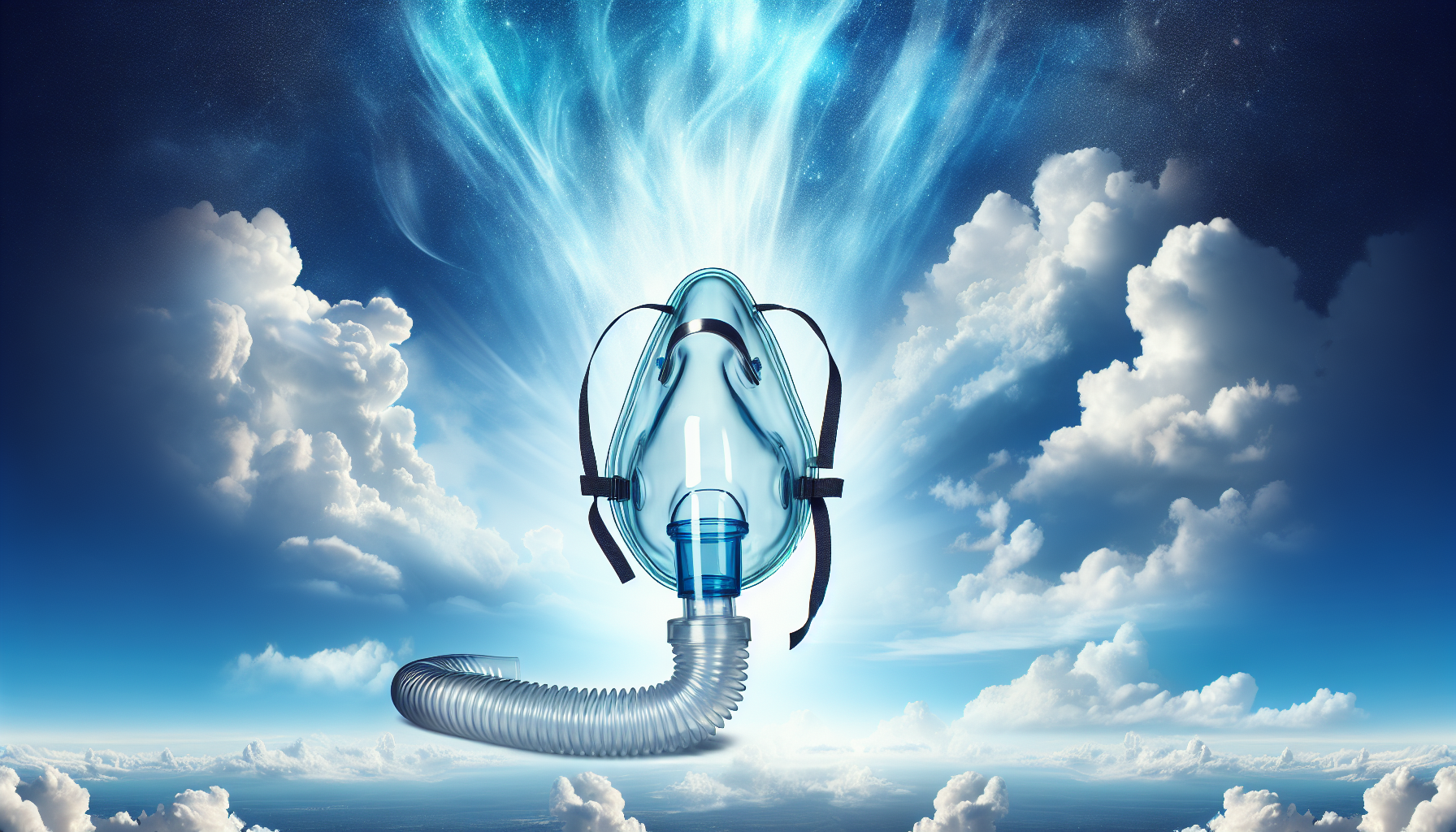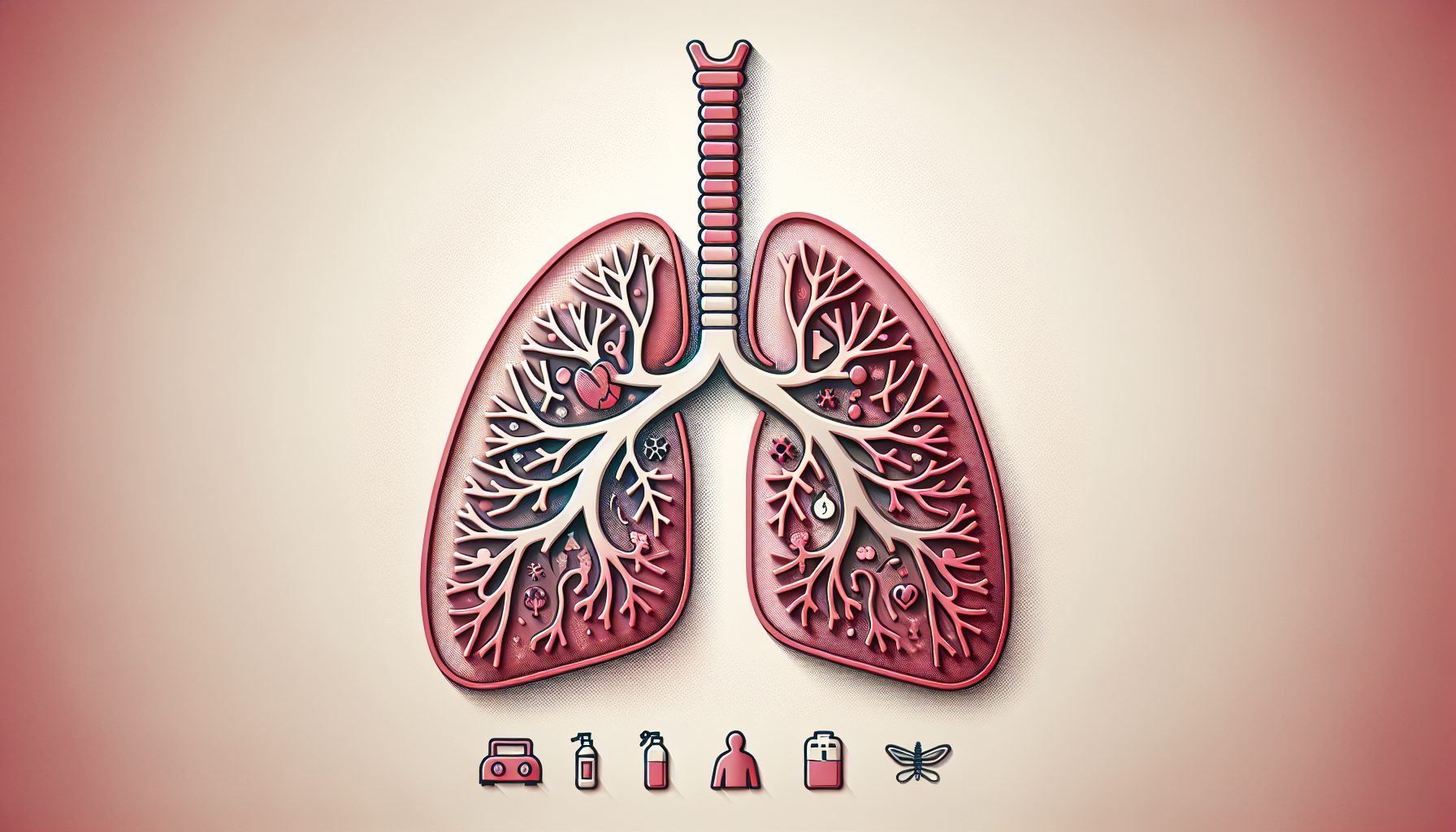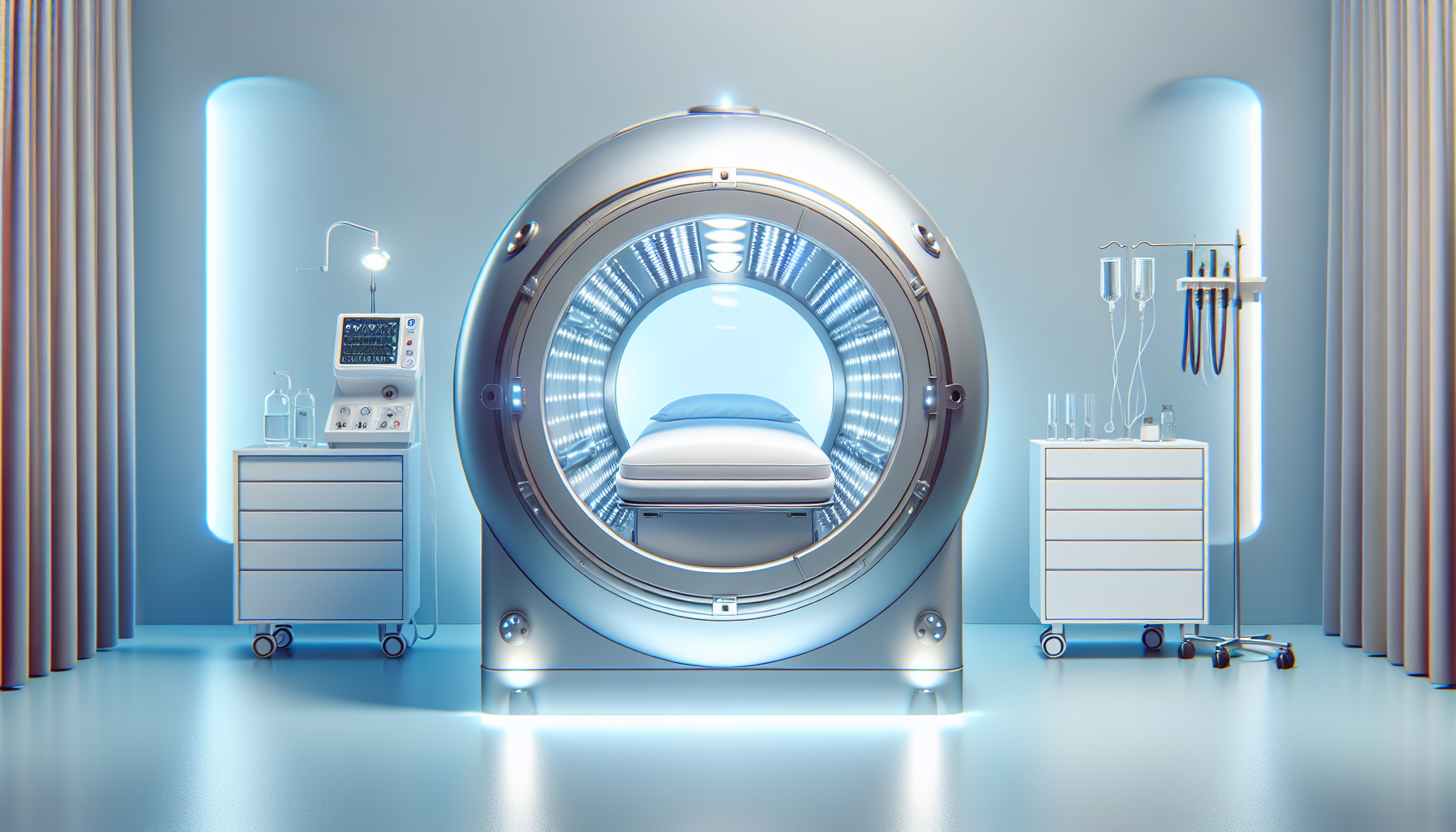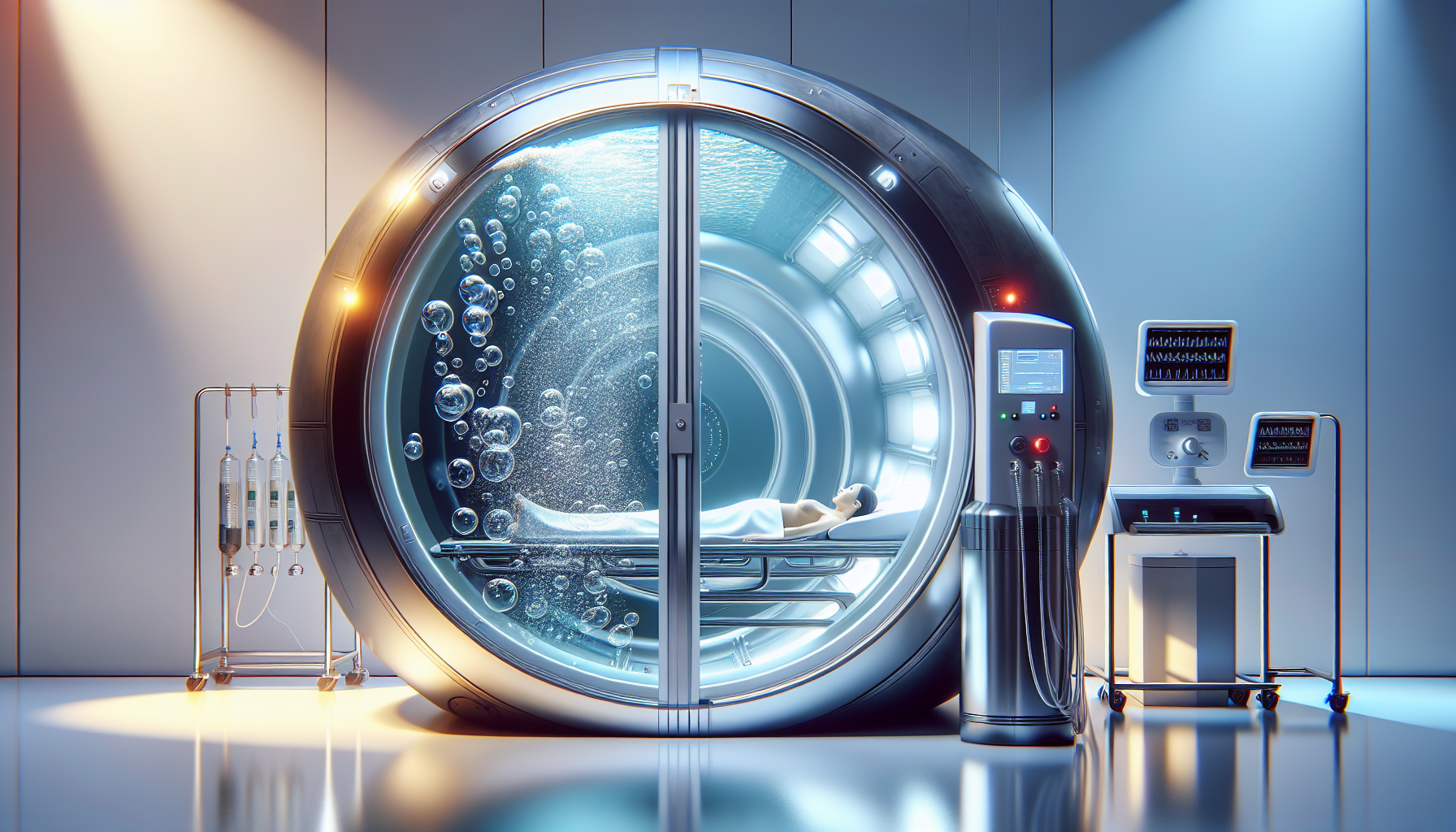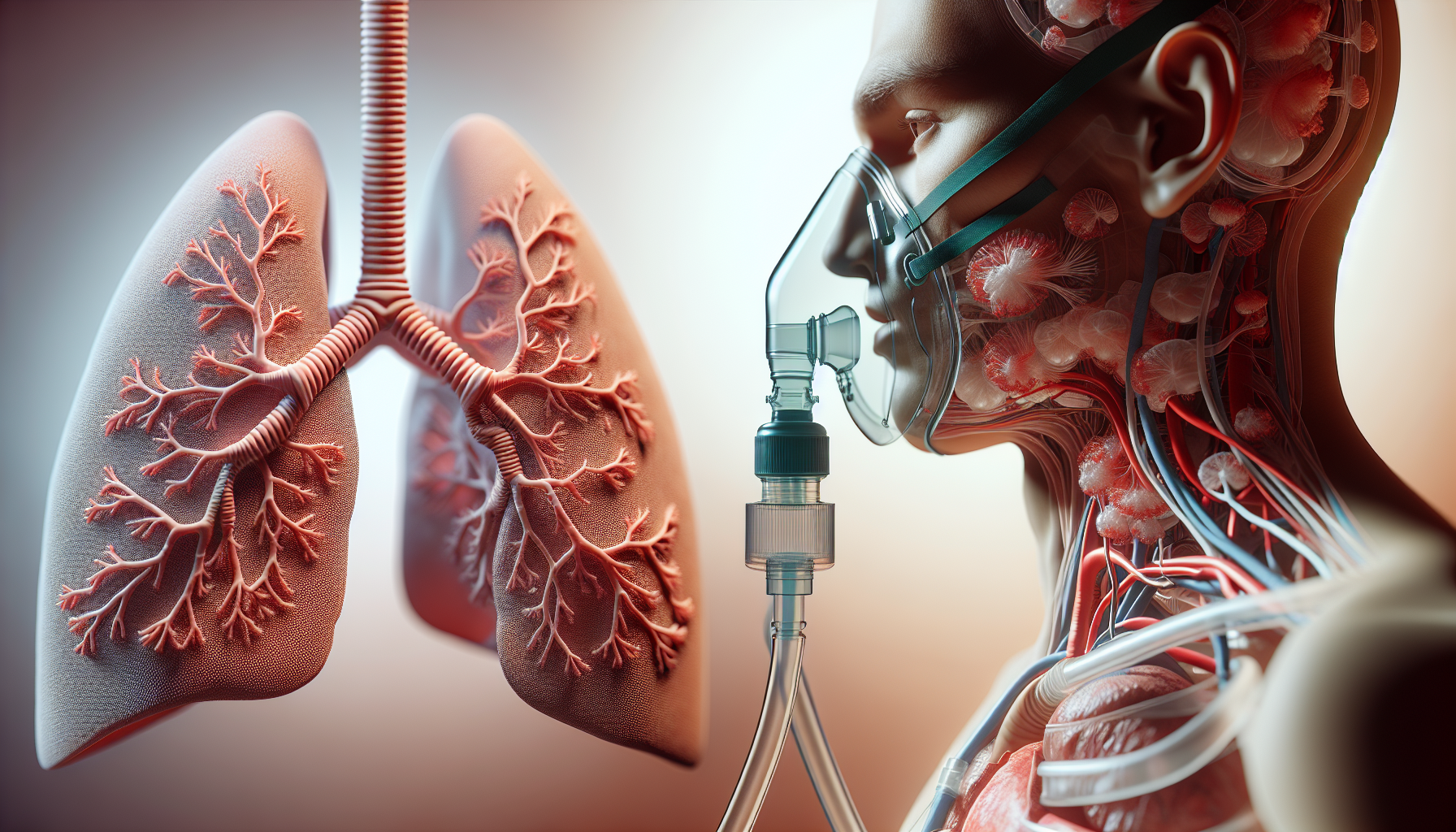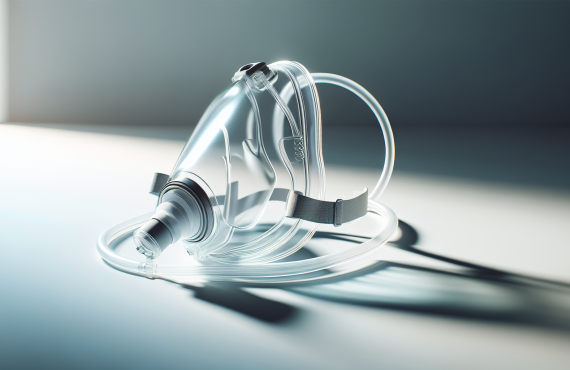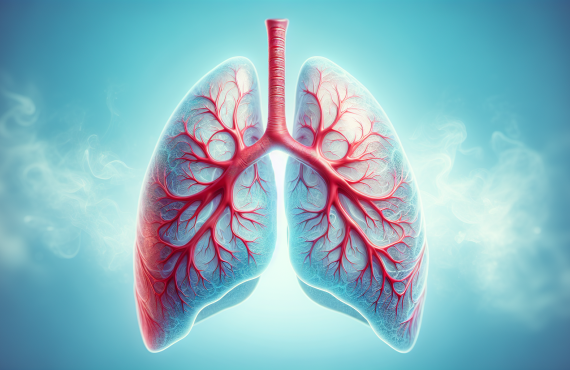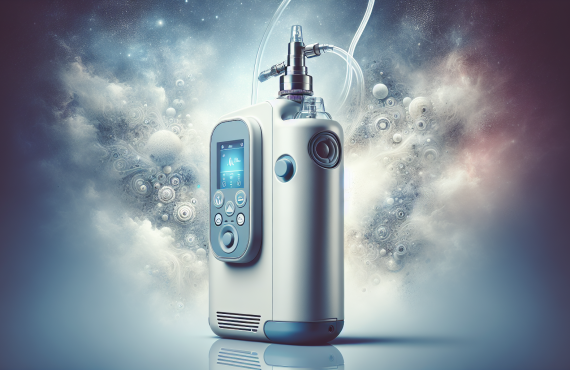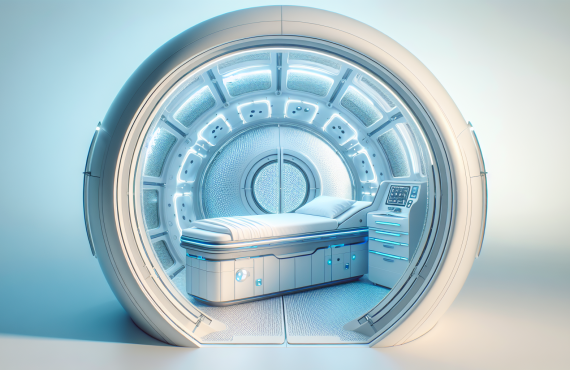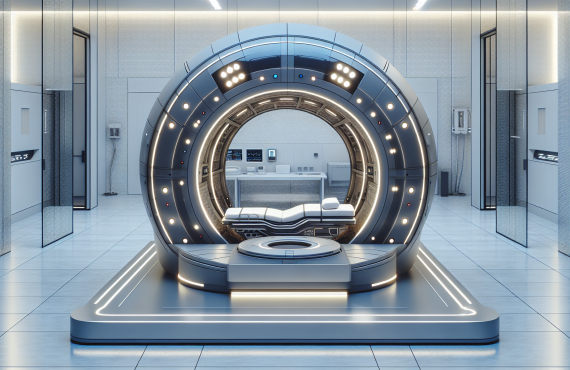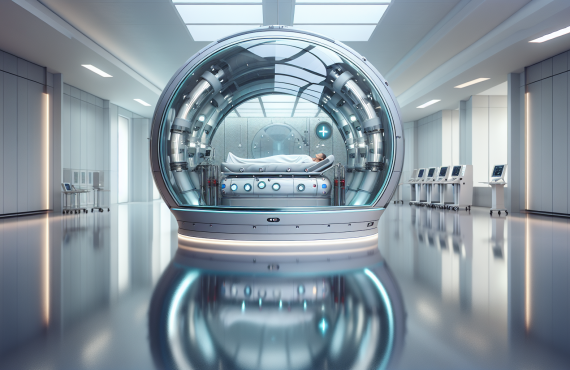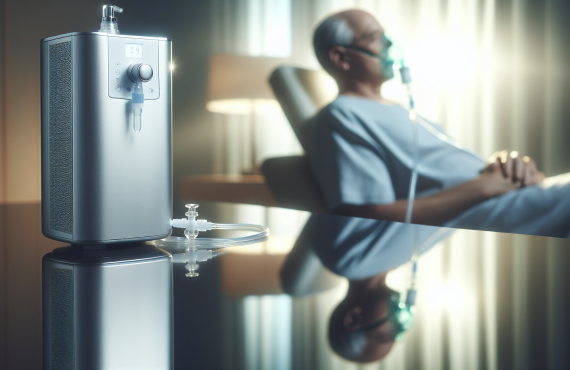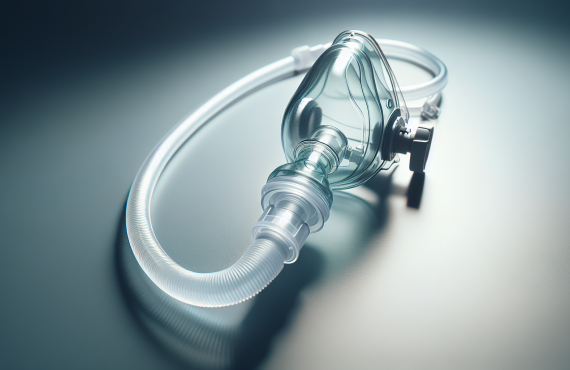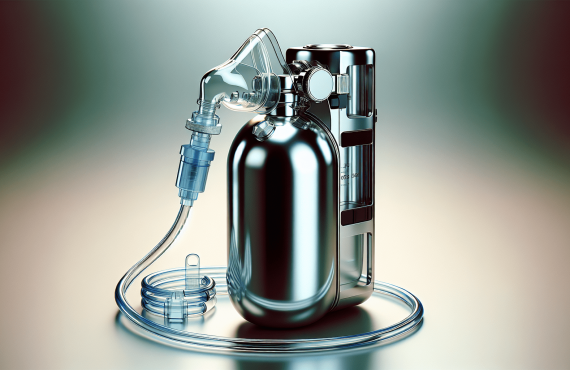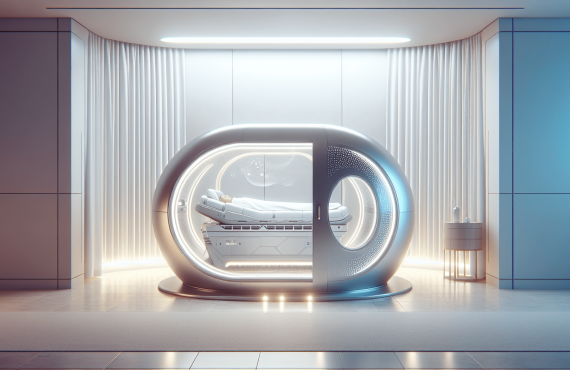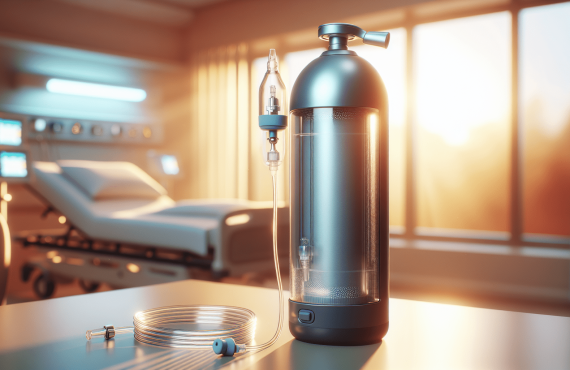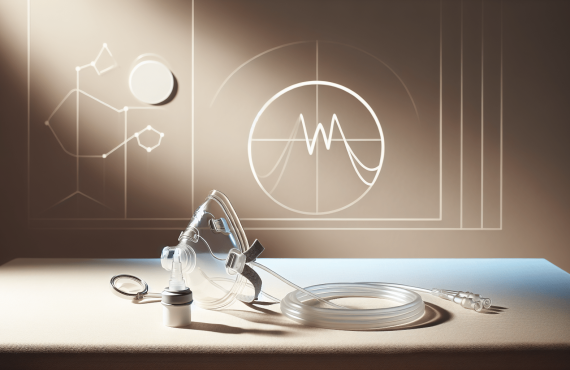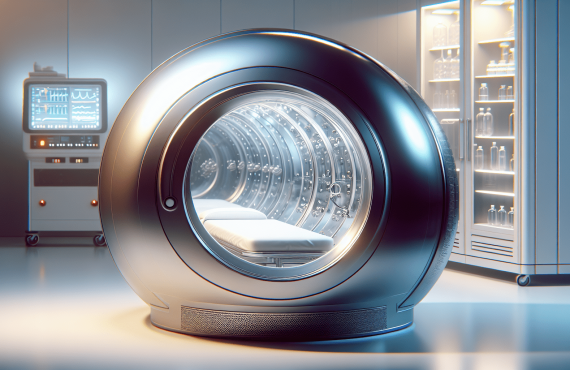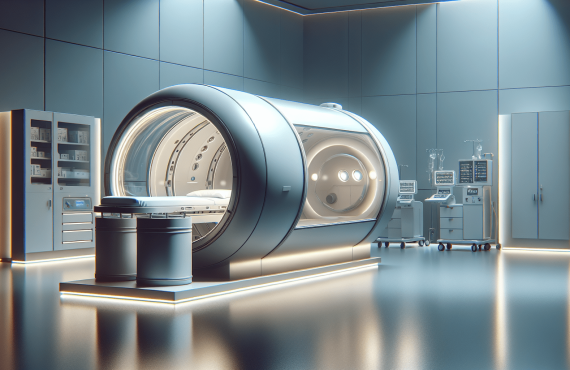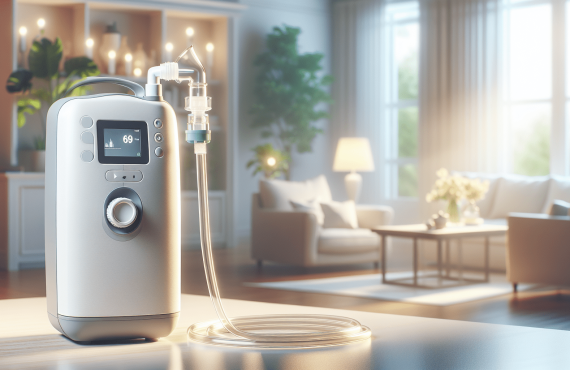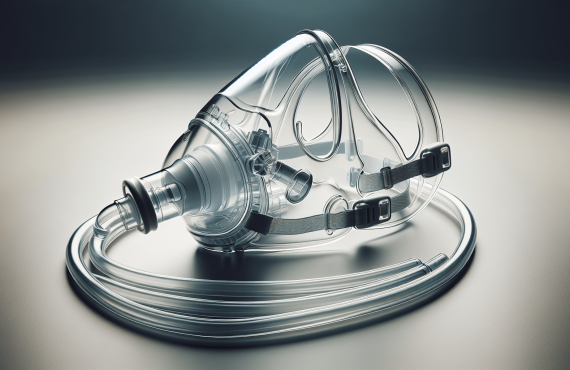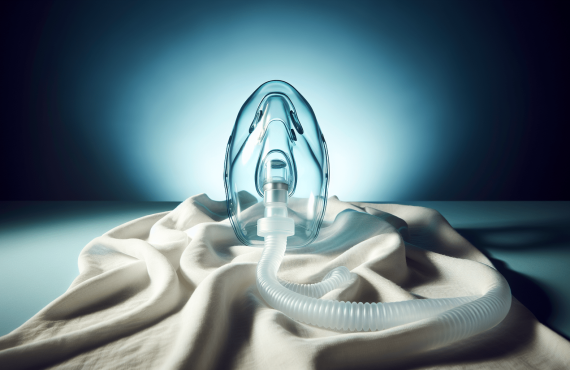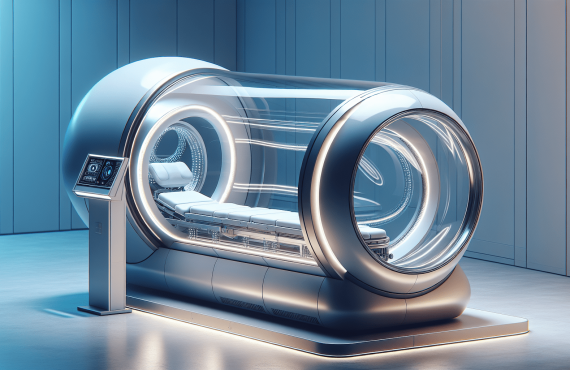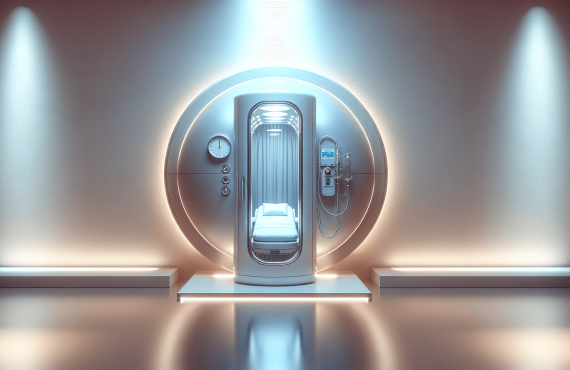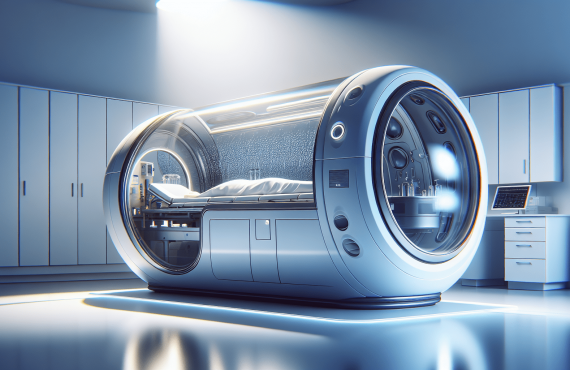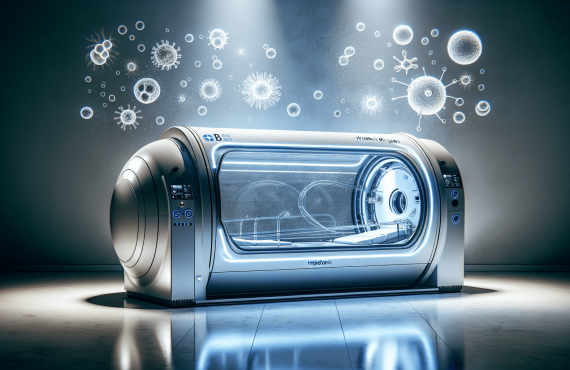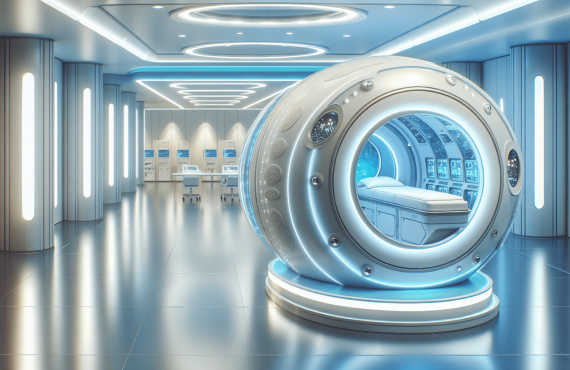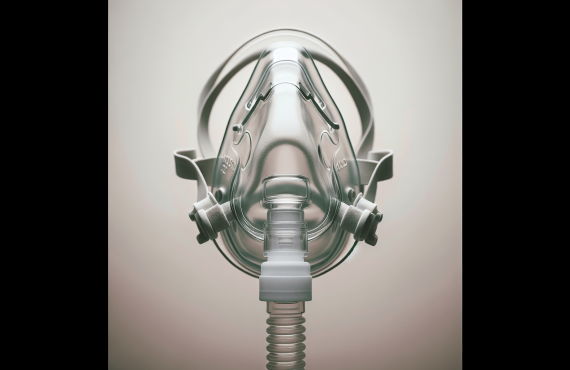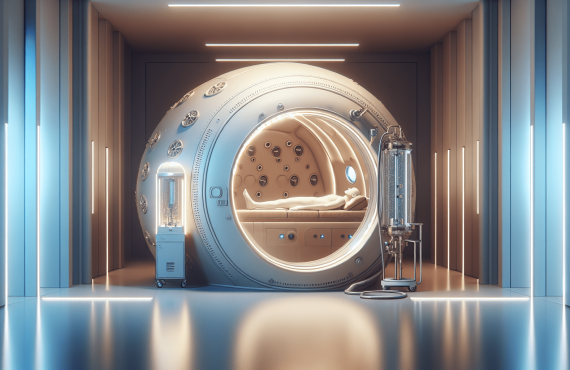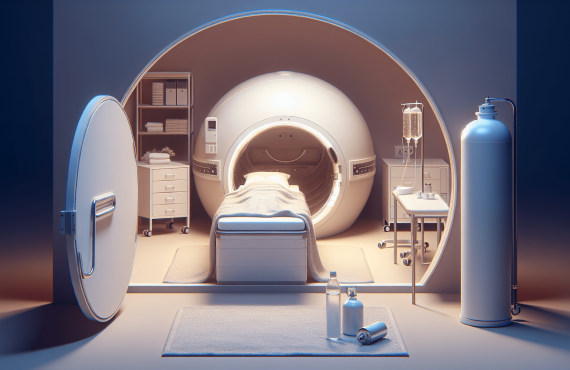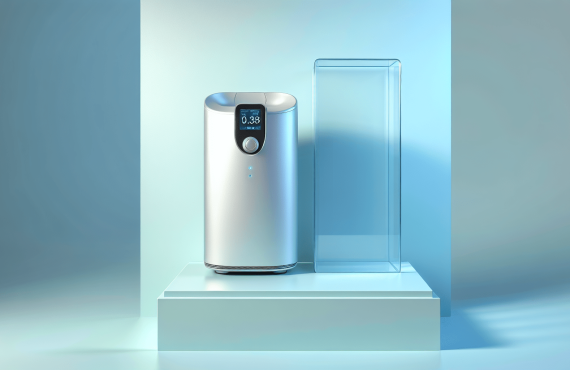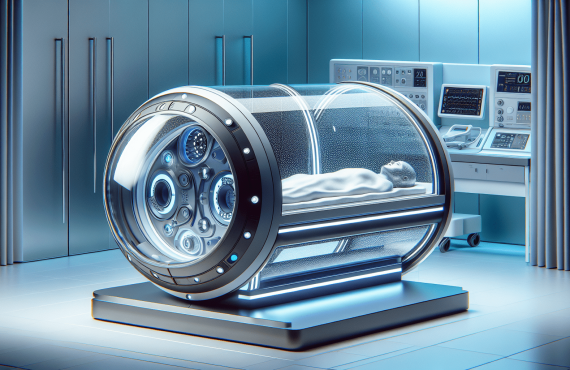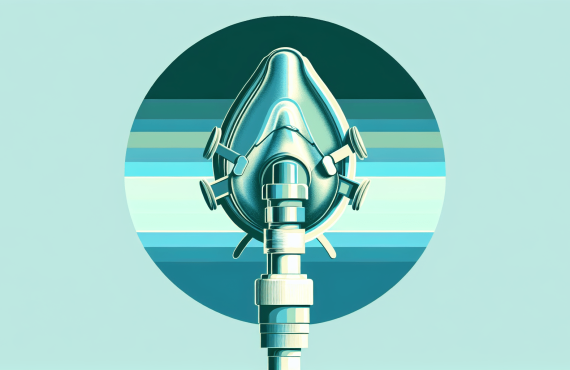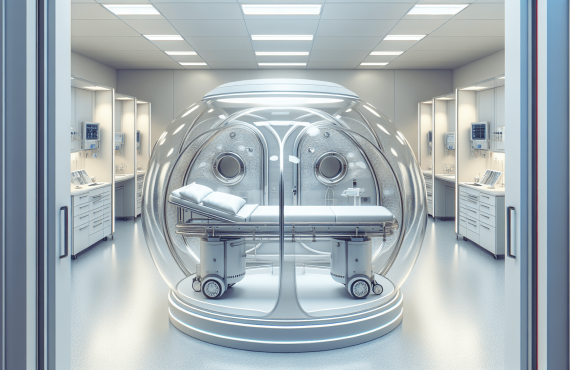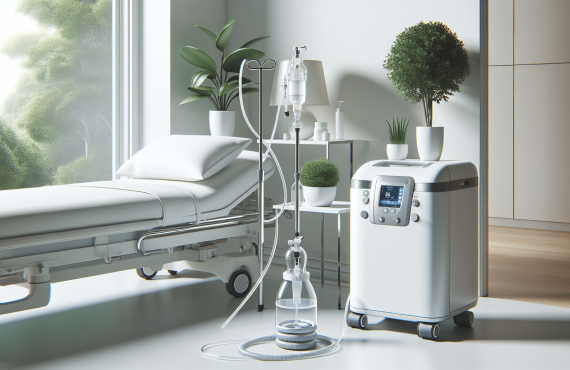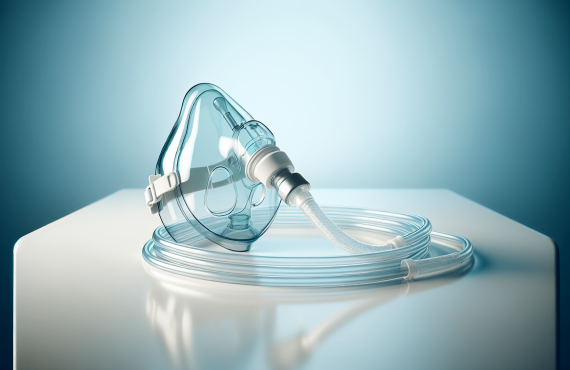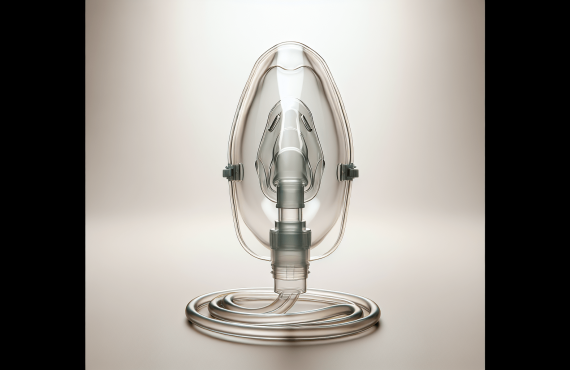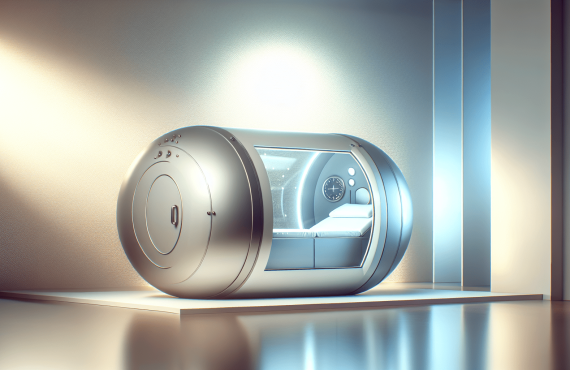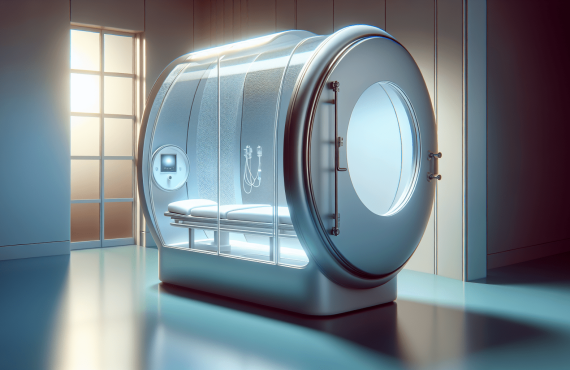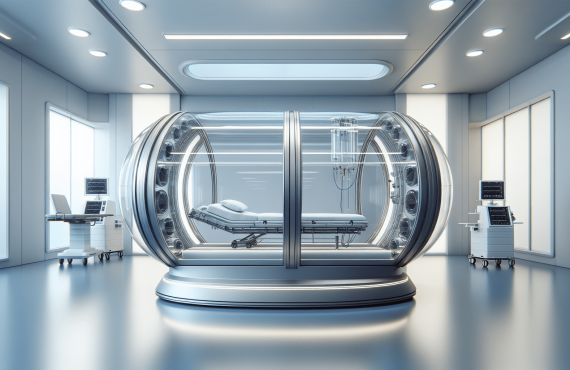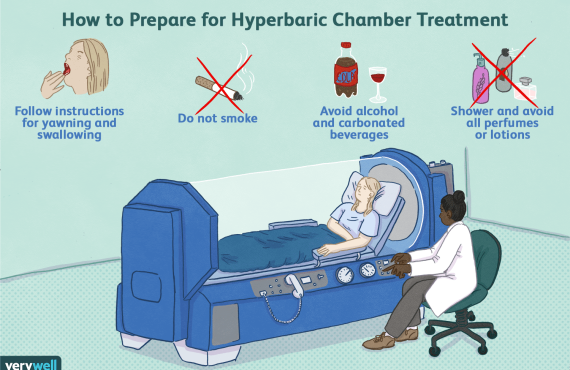Have you ever wondered how effective oxygen therapy really is for those who rely on it for their survival? It’s a question that taps into the core of medical care and quality of life for many patients. Oxygen therapy stands as a lifeline for individuals with respiratory disorders or those recovering from surgeries that impact lung function. But what’s the survival rate for these patients? Let’s unravel this question together, and see what insights we have at hand.
Table of Contents
Understanding Oxygen Therapy
Oxygen therapy is a broad term encompassing various treatments that deliver supplemental oxygen to patients. It’s crucial for those who can’t get enough oxygen naturally. Before diving into survival rates, it’s essential to grasp what oxygen therapy entails and its significance.
What Oxygen Therapy Entails
Oxygen therapy helps patients whose oxygen levels in the blood are too low. This therapy may be administered through nasal cannulas, masks, or ventilators depending on the severity of the condition. The therapy aims to maintain optimal oxygen levels, thereby improving the patient’s overall health and well-being.
Who Needs Oxygen Therapy?
People suffering from conditions like chronic obstructive pulmonary disease (COPD), pneumonia, asthma, heart failure, and sleep apnea often require oxygen therapy. It is also used post-surgery for patients with compromised lungs or during hyperbaric oxygen treatment for specific conditions such as carbon monoxide poisoning or wound healing.
The Survival Rate for Oxygen Therapy Patients
A key concern for patients and healthcare providers is understanding the effectiveness of oxygen therapy from a survival perspective. As we delve into this topic, it becomes evident that the rates and outcomes vary significantly based on different factors.
Factors Influencing Survival Rates
The survival rate for patients on oxygen therapy largely depends on the underlying condition being treated, the patient’s overall health, and adherence to the therapy regimen. While oxygen therapy can significantly improve quality of life, it is not a cure but a supportive treatment.
Current Survival Statistics
Studies have shown that appropriate use of long-term oxygen therapy can extend life expectancy for patients with specific conditions, such as severe COPD. For instance, research indicates that patients receiving continuous oxygen therapy have a higher survival rate compared to those who do not.

The Benefits of Oxygen Therapy
Understanding survival rates goes hand in hand with recognizing the nuanced benefits that oxygen therapy provides. These benefits not only enhance life expectancy but also improve quality of life.
Enhanced Quality of Life
Patients on oxygen therapy often report reduced breathlessness, increased energy levels, and improved ability to perform daily activities. This can lead to a more active and fulfilling lifestyle.
Accelerated Healing Processes
In the case of hyperbaric oxygen therapy (HBOT), the increased oxygen levels can enhance healing, particularly in chronic wounds or tissue damage, contributing to better outcomes and potentially impacting survival.
Psychological and Emotional Impact
Beyond physical improvements, oxygen therapy can have significant psychological benefits. Patients often experience reduced anxiety and improved mental clarity, which enhances their overall emotional well-being.
Understanding Hyperbaric Therapy
Hyperbaric therapy is a specialized form of oxygen therapy that involves breathing pure oxygen in a high-pressure environment. It offers unique benefits beyond standard oxygen therapy.
What is Hyperbaric Therapy?
Hyperbaric therapy involves sitting or lying in a pressurized chamber while breathing oxygen. This setup increases the oxygen concentration in the bloodstream more than breathing pure oxygen at normal pressures.
How Does it Work?
The increased atmospheric pressure within the chamber allows oxygen to dissolve more efficiently in the blood, facilitating rapid delivery to tissues and cells. This results in accelerated healing, reduced inflammation, and enhanced immune response.

Frequently Asked Questions
What conditions benefit most from oxygen therapy?
Oxygen therapy is primarily beneficial for conditions like COPD, pneumonia, asthma, heart failure, and sleep apnea. It may also be used for serious conditions such as carbon monoxide poisoning and decompression sickness.
How is oxygen therapy administered?
Oxygen is typically delivered through nasal cannulas, face masks, or ventilators, based on the patient’s needs. The method is selected to maximize comfort and effectiveness.
Is oxygen therapy safe long-term?
Yes, oxygen therapy is generally safe when prescribed and monitored by a healthcare professional. Patients should follow their healthcare provider’s guidance to avoid complications such as oxygen toxicity.
Does oxygen therapy improve the chances of recovery?
While oxygen therapy doesn’t cure the underlying condition, it can support the body’s natural healing processes. Patients often experience improved energy, reduced breathlessness, and better overall health outcomes.
Can lifestyle changes enhance the effectiveness of oxygen therapy?
Yes, incorporating healthy lifestyle choices such as quitting smoking, engaging in regular exercise, and maintaining a balanced diet can significantly enhance the effectiveness of oxygen therapy.
Conclusion: Caring for Patients at Henry Chiropractic
When it comes to ensuring that patients receive the best possible care, Dr. Craig Henry and his team at Henry Chiropractic are dedicated to improving patient wellness through chiropractic care. While they specialize in chiropractic treatments, they acknowledge the importance of comprehensive health support, including oxygen therapy as needed.
Dr. Craig Henry and Dr. Aaron Hixon are well-versed in delivering chiropractic care tailored to individual needs. Dr. Hixon’s passion for helping others and engaging in community service makes him a valuable asset to their practice. By incorporating lifestyle advice and holistic wellness approaches, the team at Henry Chiropractic aims to support overall health and recovery.
If you or someone you know in the Pensacola area is dealing with health issues that could benefit from mindful care, contact Henry Chiropractic at (850) 435-7777 or visit their website at Dr. Craig Henry’s website. With their expertise, you’re in good hands.
Understanding the survival rate for oxygen therapy patients involves recognizing the therapy’s significant benefits and limitations. By considering each patient’s unique circumstances, this therapy can drastically improve their quality of life and contribute to better health outcomes.











